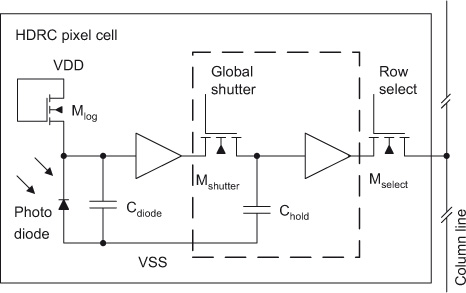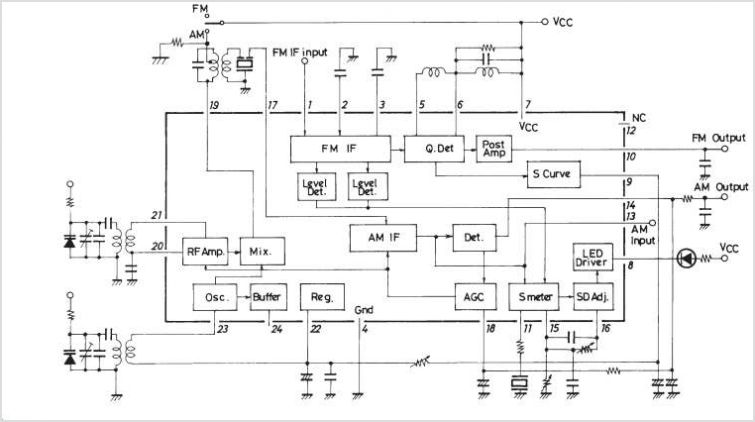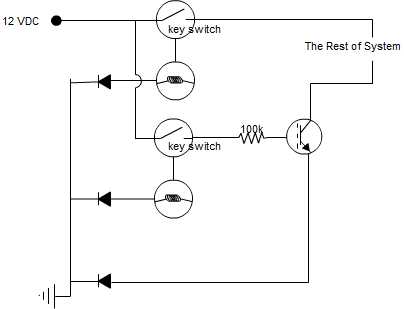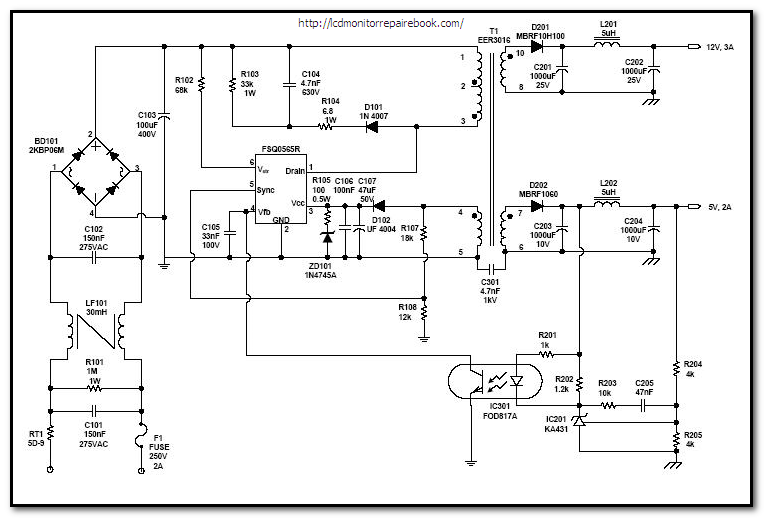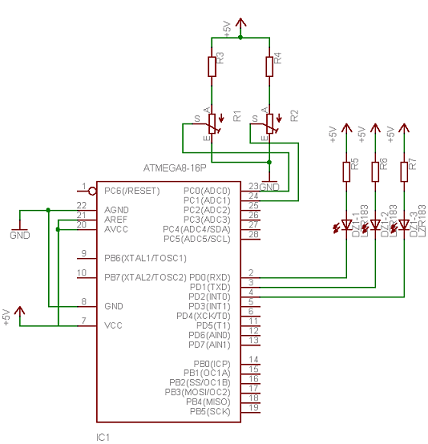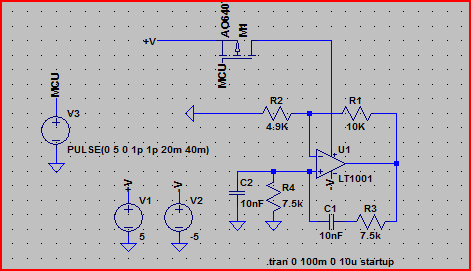
EMS Modifications
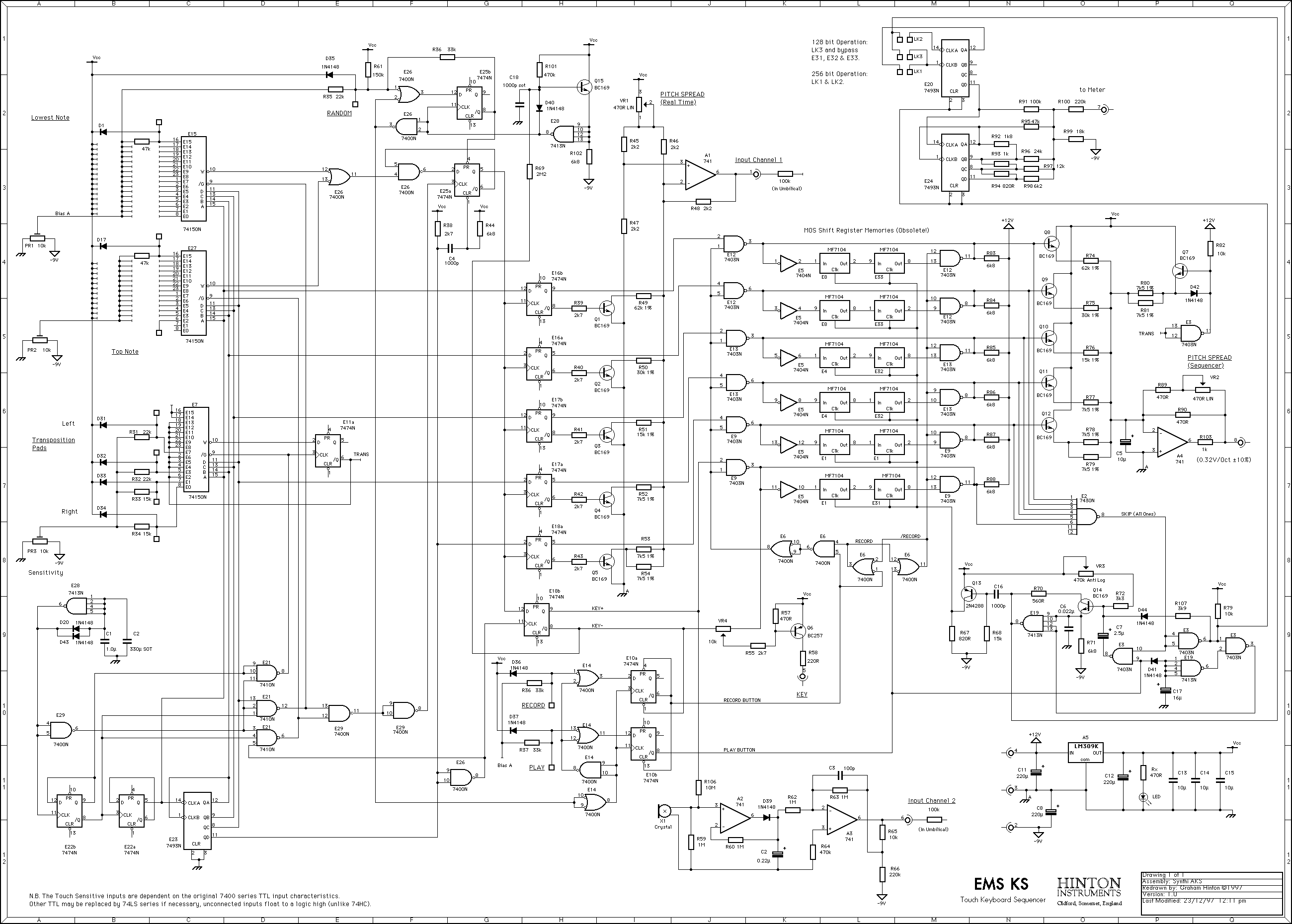
Voltage-controlled shape on each oscillator, calibrated 1V/octave keyboard input, external gate input socket, portamento/glide, patchable voltage inverter, extra input channels, improved panel components, power supply replacement, mains connectors.
The described circuit features a voltage-controlled oscillator (VCO) architecture with several key functionalities aimed at enhancing sound design and performance capabilities. Each oscillator is designed to produce a distinct waveform shape, which can be controlled through voltage inputs. This allows for dynamic modulation of the waveform characteristics based on external control voltages, enabling a wide range of sound synthesis possibilities.
The calibrated 1V/octave keyboard input facilitates precise pitch control, ensuring that the output frequency of the oscillators corresponds accurately to the notes played on a standard keyboard. This feature is essential for musicians and sound designers who require reliable tracking across the keyboard range.
An external gate input socket allows for the integration of external devices, such as sequencers or MIDI interfaces, providing additional control over the oscillator's triggering and envelope generation. This enhances the versatility of the system, enabling it to respond to various performance setups.
The inclusion of portamento or glide functionality allows for smooth transitions between notes, adding expressiveness to melodic lines. This feature can be particularly useful in electronic music genres where fluid pitch movement is desired.
A patchable voltage inverter is integrated into the design, offering users the ability to manipulate control voltages in a non-linear manner. This can lead to creative modulation effects and unique sound textures, making the system more adaptable to individual sound design preferences.
Extra input channels expand the connectivity options, allowing for more complex routing and processing of audio and control signals. This flexibility is crucial for users who wish to create intricate patches and explore the full potential of modular synthesis.
The use of improved panel components indicates a focus on durability and usability, ensuring that the device withstands frequent use while remaining user-friendly. Additionally, a power supply replacement suggests that the unit is designed to operate efficiently and reliably, minimizing downtime and maintenance.
Finally, the inclusion of mains connectors ensures compatibility with standard power sources, facilitating easy integration into existing studio or live performance setups. Overall, this circuit design embodies a comprehensive approach to modern sound synthesis, combining essential features with user-centric enhancements.Voltage Controlled Shape on each Oscillator, Calibrated 1V/Octave Keyboard Input, External Gate Input socket, Portamento/Glide, Patchable Voltage Inverter, Extra Input Channels, Better Panel Components, Power Supply Replacement, Mains Connectors.. 🔗 External reference
The described circuit features a voltage-controlled oscillator (VCO) architecture with several key functionalities aimed at enhancing sound design and performance capabilities. Each oscillator is designed to produce a distinct waveform shape, which can be controlled through voltage inputs. This allows for dynamic modulation of the waveform characteristics based on external control voltages, enabling a wide range of sound synthesis possibilities.
The calibrated 1V/octave keyboard input facilitates precise pitch control, ensuring that the output frequency of the oscillators corresponds accurately to the notes played on a standard keyboard. This feature is essential for musicians and sound designers who require reliable tracking across the keyboard range.
An external gate input socket allows for the integration of external devices, such as sequencers or MIDI interfaces, providing additional control over the oscillator's triggering and envelope generation. This enhances the versatility of the system, enabling it to respond to various performance setups.
The inclusion of portamento or glide functionality allows for smooth transitions between notes, adding expressiveness to melodic lines. This feature can be particularly useful in electronic music genres where fluid pitch movement is desired.
A patchable voltage inverter is integrated into the design, offering users the ability to manipulate control voltages in a non-linear manner. This can lead to creative modulation effects and unique sound textures, making the system more adaptable to individual sound design preferences.
Extra input channels expand the connectivity options, allowing for more complex routing and processing of audio and control signals. This flexibility is crucial for users who wish to create intricate patches and explore the full potential of modular synthesis.
The use of improved panel components indicates a focus on durability and usability, ensuring that the device withstands frequent use while remaining user-friendly. Additionally, a power supply replacement suggests that the unit is designed to operate efficiently and reliably, minimizing downtime and maintenance.
Finally, the inclusion of mains connectors ensures compatibility with standard power sources, facilitating easy integration into existing studio or live performance setups. Overall, this circuit design embodies a comprehensive approach to modern sound synthesis, combining essential features with user-centric enhancements.Voltage Controlled Shape on each Oscillator, Calibrated 1V/Octave Keyboard Input, External Gate Input socket, Portamento/Glide, Patchable Voltage Inverter, Extra Input Channels, Better Panel Components, Power Supply Replacement, Mains Connectors.. 🔗 External reference
